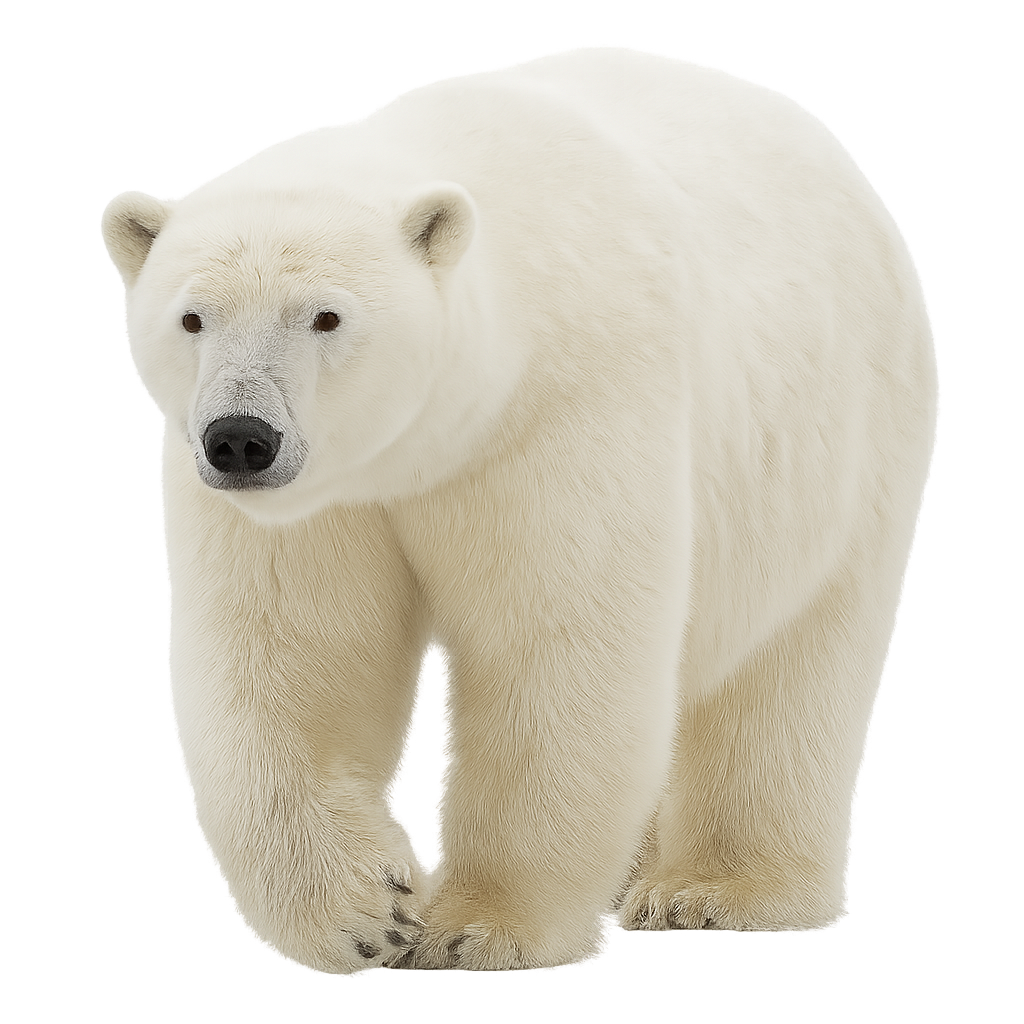Your wildlife photography guide.
Explore the polar bear in detail, study its behavior, prepare your shots.
Where to observe and photograph the polar bear in the wild
Learn where and when to spot the polar bear in the wild, how to identify the species based on distinctive features, and what natural environments it inhabits. The WildlifePhotographer app offers tailored photography tips that reflect the polar bear’s behavior, helping you capture better wildlife images. Explore the full species profile for key information including description, habitat, active periods, and approach techniques.
Polar Bear
Scientific name: Ursus maritimus

IUCN Status: Vulnerable
Family: URSIDAE
Group: Mammals
Sensitivity to human approach: Shy
Minimum approach distance: 60 m
Rut period: April to June
Gestation: 195-265 jours
Births: November to January
Habitat:
Sea ice, Arctic coasts, and icy regions
Activity period :
Activity varies depending on season, weather, or human pressure.
Identification and description:
The Polar Bear is one of the largest land carnivores, measuring between 2 and 3 meters in length and weighing between 350 and 700 kg, depending on habitat conditions and the season. It is perfectly adapted to the icy conditions of the Arctic, with dense, waterproof fur that protects it from the cold, as well as a layer of subcutaneous fat that helps it survive in extreme temperatures. Its coat is typically white or cream, allowing it to blend in with the snow and ice. The Polar Bear is an excellent swimmer and primarily feeds on seals, which it hunts by patiently waiting near breathing holes or swimming under the ice. However, the Polar Bear faces growing threats due to climate change, which is shrinking its ice habitat and affecting its ability to hunt.
Recommended lens:
300 mm – adjust based on distance, desired framing (portrait or habitat), and approach conditions.
Photography tips:
Approach slowly and discreetly, using a telephoto lens to avoid disturbing the polar bear, a majestic animal that can become highly territorial if it feels threatened.
Photograph early in the morning or late in the afternoon, when the light is soft and the polar bear is often more active, especially when searching for food on the ice or in the water.
Capture natural moments: The polar bear is often seen hunting seals or moving across the ice. Be ready to capture these fascinating behaviors.
Be patient and respectful: The polar bear is a solitary and powerful predator. Do not disturb its natural habits and respect safe distances to avoid causing stress.
The polar bear is a vulnerable species, largely due to climate change and the loss of its natural habitat. It is crucial to respect this animal and not disturb its natural behaviors. Follow local conservation rules to contribute to the protection of this iconic Arctic species.
The WildlifePhotographer App is coming soon!
Be the first to explore the best nature spots, track rutting seasons, log your observations, and observe more wildlife.
Already 1 432 wildlife lovers subscribed worldwide

